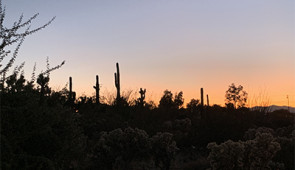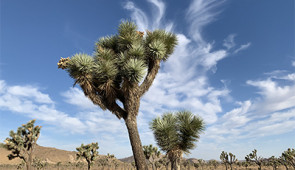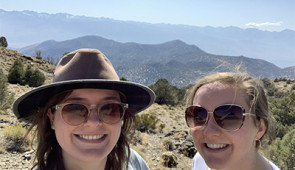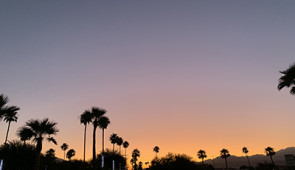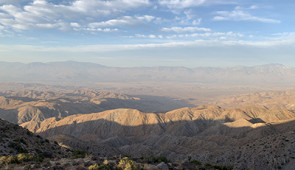Northwestern students gather earthquake memories
Seismologists hit the road to fill in a data gap
- Link to: Northwestern Now Story
- USGS did not collect seismic shaking data for two California earthquakes in 1992, 1993
- Students collected missing information for publicly available database
- Researcher: ‘As memories fade and generations pass, this information could disappear’
- Resident: ‘[Earthquake sounded] like a freight train coming off the track’
EVANSTON, Ill. — In the early 1990s, two 6.1-magnitude earthquakes rocked southern and central California. But unless you are from the area, you probably never heard about them.
“At the time, the U.S. Geological Survey (USGS) was phasing out the paper questionnaire system, and the online system hadn’t been developed yet,” said Leah Salditch, a Ph.D. student in seismology at Northwestern University. “Because there was a gap in the transition, it didn’t compile seismic shaking intensity data from these two earthquakes.”
This past summer, Salditch and fellow Northwestern student Molly Gallahue hit the road in order to fill in this gap. They drove from Joshua Tree to Big Pine in search of residents who remember the earthquakes, which occurred in 1992 and 1993, respectively. They also collected newspaper articles from archives and distributed questionnaires.
“Oral histories of these events are at risk,” Gallahue said. “As memories fade and generations pass, this information could disappear.”
Stunning soundbites
During their trek, Salditch and Gallahue interviewed a dozen residents in-person who remember the quakes. The American Geophysical Union and USGS sponsored the trip. In addition to Joshua Tree and Big Pine, the researchers stopped in surrounding areas, including Lone Pine, Independence, Bishop, Yucca Valley, Desert Hot Springs and Palm Springs.
Audio samples of their interviews include Kathleen Radnich, who was a Red Cross first responder, and Teresa McClintock, who remembers being at her children’s school.
“I heard a little noise and then bam!” Radnich recalled. “It was significant enough to make four grown men run out the door as fast as they could. It was a jolt with no warning.”
“I was outside with my six-year-old, and the noise was absolutely incredible,” McClintock said. “Not only was I hearing the earth shift, which sounds like a freight train coming off the track, but I heard the metal trailer rattle and the doors slam.”
Project goal
Now that Salditch and Gallahue have returned to Northwestern’s campus, they are sorting through their data. The first-hand accounts will be used as a measure of seismic intensity and added to a database of seismic shaking observations from the past 160 years. The dataset, called the California Historical Intensity Mapping Project, will be a publicly available resource for scientists and researchers everywhere.
Salditch and Gallahue plan to use the database to study how well seismic hazard maps, which are used to estimate potential risks for specific areas, actually predict shaking. By estimating hazards, communities can better prepare by updating building codes, refining emergency management responses and even investing in earthquake-resistant structures.
“The results will help improve hazard maps and help in designing buildings to ensure people’s safety in earthquake-prone areas,” said Seth Stein, professor of earth and planetary science at Northwestern’s Weinberg College of Arts and Sciences and the students’ adviser. Bruce Spencer, professor of statistics at Northwestern, and Susan Hough, seismologist at the USGS, are also advisers to the project.
Editor’s note: Interviewees signed release forms, so audio is available for use in radio and podcast stories.
Multimedia Downloads
Photos from the road trip
Please credit all photos to Leah Salditch/Molly Gallahue/Northwestern University
